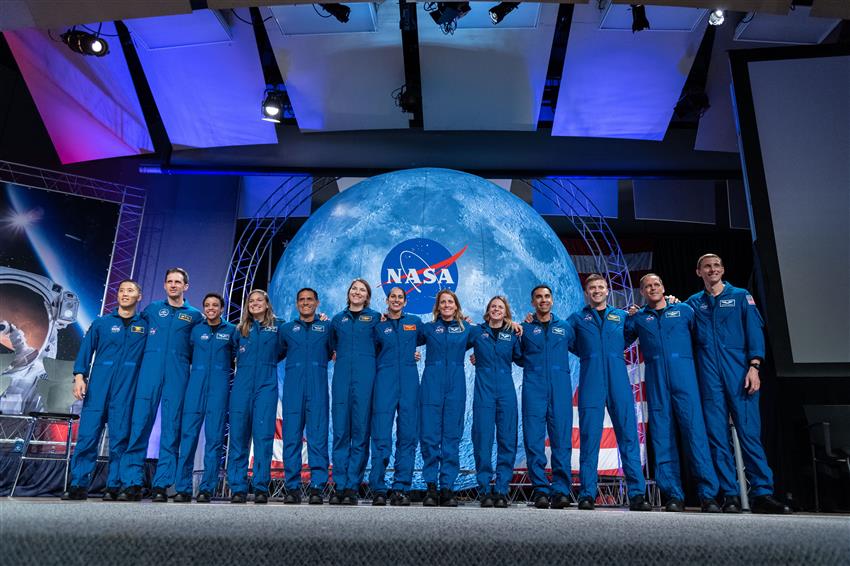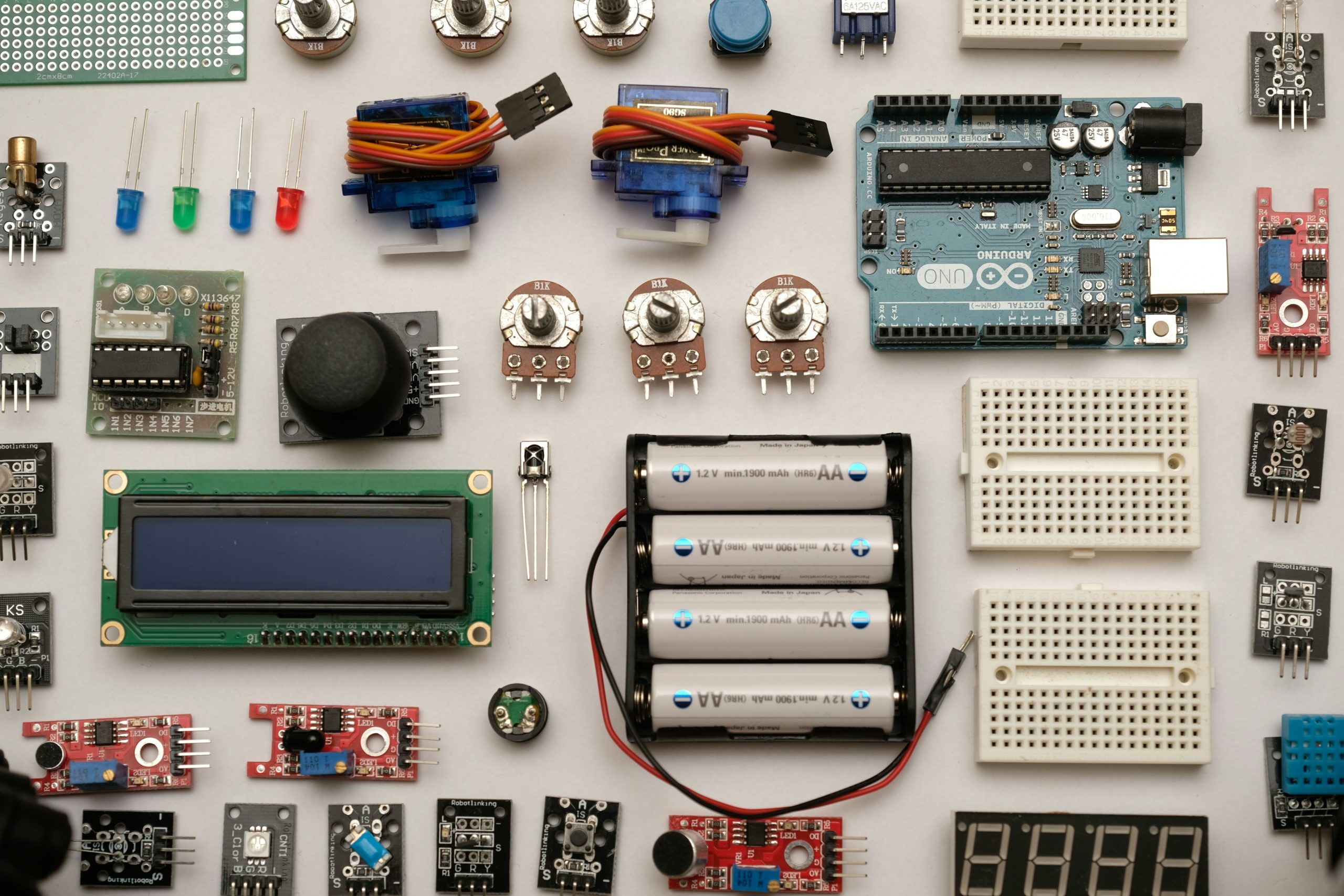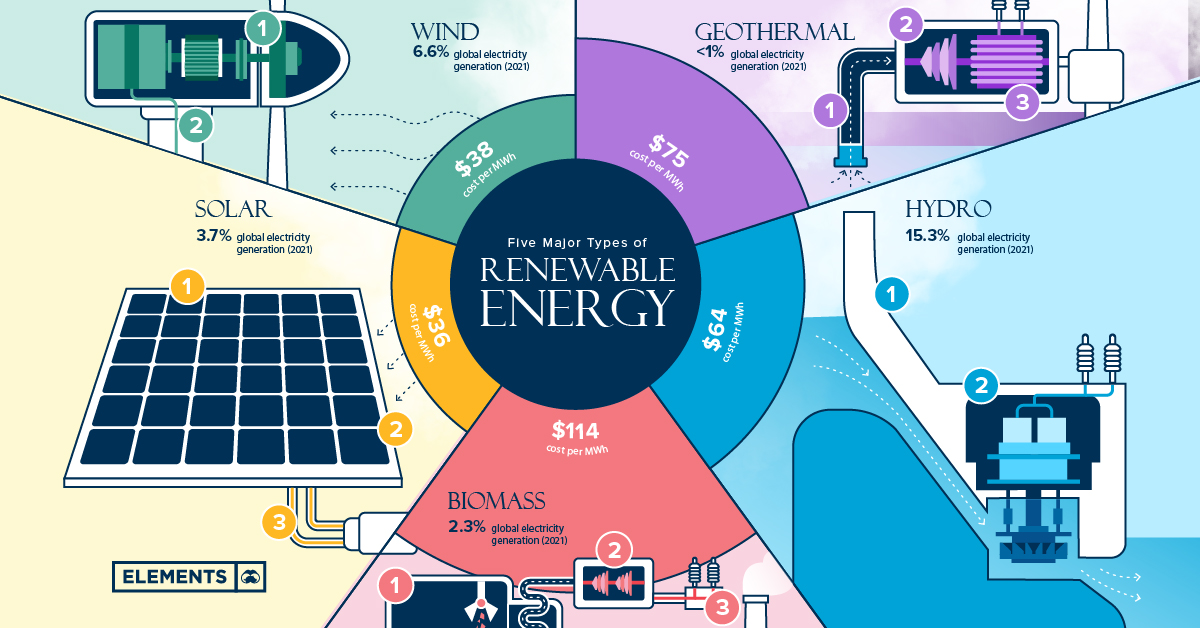NASA and Canadian Space Agency Team Up to Explore Lunar South Pole
NASA and Canadian Space Agency Team Up to Explore Lunar South Pole ===
NASA is teaming up with the Canadian Space Agency (CSA) to explore the uncharted terrain of the lunar south pole. The unprecedented collaboration between the two space agencies is aimed at gaining a better understanding of the moon’s resources and its potential as a staging ground for future space missions. The joint mission is expected to pave the way for a new era of international cooperation in space exploration.
Lunar South Pole Exploration in the Works
The Lunar South Pole is believed to hold vast amounts of water ice and other resources that could be used to sustain future human missions to the Moon and beyond. NASA and CSA are planning to send robotic vehicles to explore the region and gather data on its composition, geology, and potential for human habitation. The mission is expected to be launched in the next few years and could last for several years.
Collaborative Efforts to Boost Space Exploration
The partnership between NASA and CSA is a testament to the growing importance of international cooperation in space exploration. By pooling their resources and expertise, the two agencies hope to achieve more ambitious goals and make faster progress in exploring the solar system. The collaboration also reflects a shared commitment to advancing science and technology for the benefit of humanity.
Joint Mission Will Study Moon’s Resources
One of the main objectives of the NASA-CSA mission is to study the Moon’s resources, particularly its water ice. Water is a critical resource for human space exploration, as it can be used for drinking, growing crops, generating oxygen, and producing rocket fuel. The mission will also explore other potential resources on the Moon, such as minerals, metals, and helium-3.
Exciting Discoveries Await Lunar Expedition
The lunar south pole is a largely unexplored region of the Moon, and the NASA-CSA mission is expected to yield exciting discoveries and insights. The mission will use advanced instruments and technologies to study the region’s geology, terrain, and atmosphere. The data gathered by the mission will help scientists better understand the Moon’s history and evolution, as well as its potential as a resource-rich destination for human exploration.
Canada’s Robotic Arm to Aid in Moon Research
As part of the collaboration, Canada will provide its robotic arm technology to assist with the Moon research. The arm, known as the Canadarm3, is a highly advanced robotic system that can be used for a range of tasks, including manipulating objects, conducting repairs, and building structures. The Canadarm3 is expected to play a crucial role in the NASA-CSA mission by providing precise and flexible control over the rovers and other equipment used in the lunar exploration.
NASA and CSA to Build Lunar Gateway Together
In addition to the Lunar South Pole mission, NASA and CSA are also collaborating on the development of the Lunar Gateway, a space station that will orbit the Moon and serve as a staging ground for future human missions. The Lunar Gateway will be built with contributions from multiple international partners and will provide astronauts with living space, scientific laboratories, and docking ports for spacecraft.
International Cooperation Paves Way for Future Space Missions
The partnership between NASA and CSA represents a new era of international cooperation in space exploration. By working together, the two agencies are setting an example for other nations and paving the way for future joint missions. The collaboration also highlights the importance of space exploration as a tool for advancing science, technology, and human understanding of the universe.
The NASA-CSA collaboration is an exciting development in the history of space exploration, one that holds the promise of new discoveries, technological advances, and international cooperation. As we embark on this new era of lunar exploration, we can look forward to the many discoveries and achievements that await us. We can also take pride in the fact that we are working together, as a global community, to unlock the mysteries of the universe and expand our understanding of the cosmos.













